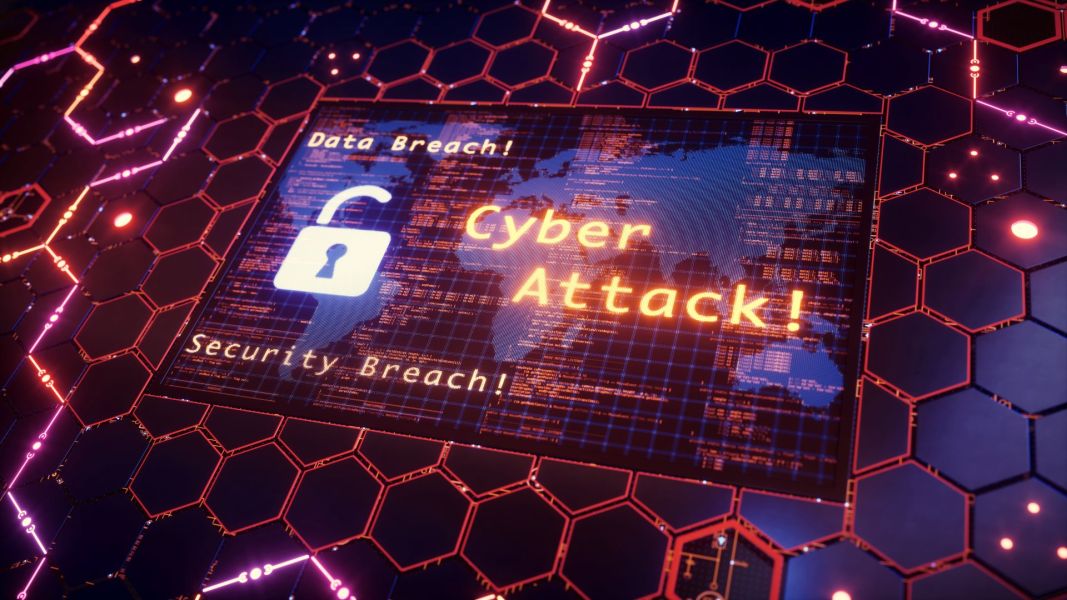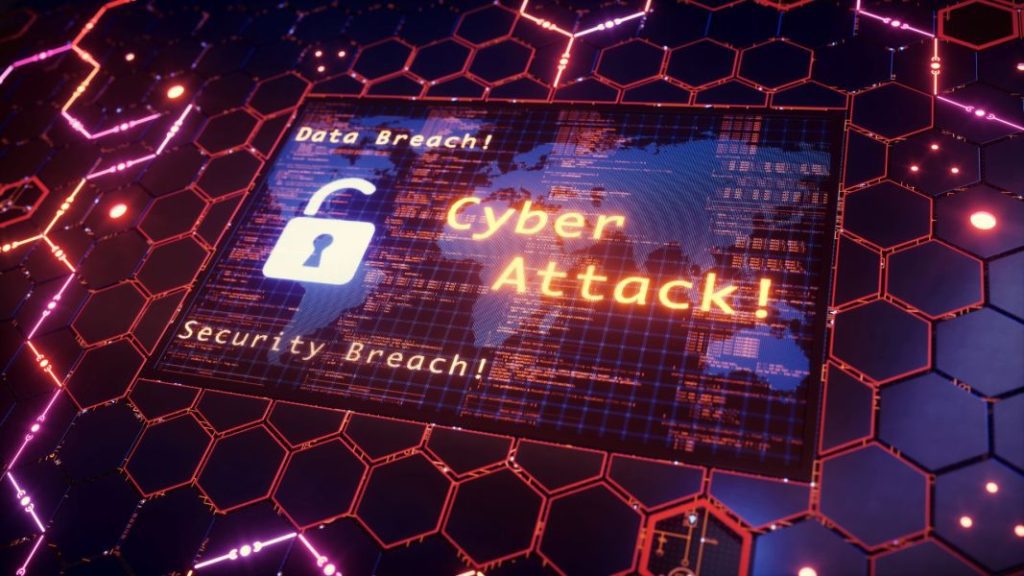The simple explanation is that digital forensics is the process of finding and dealing with cybercrime threats. It’s the action of collecting, analyzing, and storing digital evidence as a way to understand and combat online threats such as data breaches, online sextortion, online blackmail, and much more. This guide provides a general understanding of digital forensics and how it can be used to protect your business and its assets.

What is Digital Forensics?
Let’s look a little closer at what digital forensics is. It’s a specialized area of cyber security that focuses on investigating systems and data that have been hacked. The goal is to find evidence on digital devices that helps create an understanding of the crime, as well as prosecute its perpetrators and identify more sophisticated tools for dealing with and preventing it.
The process includes finding encrypted and deleted data that is used to solve cyber crimes of many kinds. Becoming an expert in digital forensics requires a deep knowledge of computer forensics so that sophisticated threat detection can be conducted and incident responses formulated, while also gaining insight into the evolution of cybercrime.
Digital Forensics and Cyber Security
Digital forensics plays a role in cyber security in several ways. Above all, it requires maintaining the security of information systems and ensuring they can bounce back when a cyber attack occurs.
Using a variety of steps, experts can identify and mitigate threats when they arise. They can also use forensic data left behind to trace from where a cyber attack originates, using that information to prevent future attacks. This evidence is preserved to build their skills in threat detection, but also for use in a court of law, should the consequences of the attack go that far.
Components of Digital Forensics
Each of the components plays a role in digital forensic investigations. They include the following:
- Evidence collection – from operating systems, network traffic, and media storage.
- Analysis – closely examining the evidence for signs of cybercrime.
- Legal – evidence is presented in a legal environment during criminal prosecution proceedings.
Each of these steps is a vital feature of comprehensive and effective investigations when cyber crimes occur. Let’s look at them more closely.
Evidence Collection
This process involves removing data from a digital device without compromising its function. The use of special tools ensures that memory isn’t lost during the investigation process. When carefully extracting data, forensic experts must adhere to the regulations set forth by the Association of Chief Police Officers (ACPO) as they collect and preserve evidence.
Analysis
Experts look for patterns and anomalies in the collected data that indicate criminal cyber activity. This evidence usually comes from a variety of sources from the computer’s hardware and software. The evidential data can help forensic detectives determine the nature of the cybercrime, as well as identify who carried it out.
Legal
As with more traditional crimes, cybercrime is illegal and the wrongdoers can be prosecuted in court. That means that digital forensics experts share their findings with the relevant authorities. These reports can then be used during legal proceedings to assist with the prosecution of cybercriminals.
Types of Digital Forensics Investigations
Under the umbrella of digital forensics are several specialized areas focused on specific tasks during an investigation. Constructive collaboration among the experts is necessary to cover all the bases and ensure that the crime can be appropriately prosecuted.
Network Forensics
This part of the investigation focuses on watching network traffic for monitoring and analysis purposes. It’s the task most closely involved with detecting and responding to cyber-attacks. Duties include evidence gathering, intrusion detection, and accumulating legal evidence. Experts scrutinize data and system logs for malicious activity, unauthorized access to the systems, and the origin of potential threats.
Mobile Device Forensics
The tasks in this specialty deal with recovering data from mobile devices to analyze it for suspicious activity. Emails, text messages, app data, and photos are mined from smartphones, tablets, and laptops to gather evidence that can be used during online crime investigations, both civil and criminal.
Cloud Forensics
In cloud forensics, experts collect and analyze data stored in the cloud. This includes remote servers, documents, emails, and databases. As cloud storage expands and is used by more cyber criminals, cloud forensics is a rapidly growing approach to digital forensics investigations.
Digital Forensics Tools
Developers continuously update existing and introduce new tools used for digital forensics tasks as cybercrime evolves and expands. They help the experts adequately investigate a crime and respond appropriately. Jobs include using software that analyzes data, working to recover deleted files, and removing data from damaged devices.
Digital Forensics and its Challenges
As technology becomes more and more advanced, all the while empowering an increasing number of more malicious and dangerous cyber criminals, digital forensics must keep up. This is one of the biggest challenges that the industry faces. Other barriers include the following:
- Malware that hides data inside systems
- Encrypted malware that is hard to detect
- The high volume of online data
- Complex networks and computer systems
- End-to-end encryption
By staying up to date on the latest criminal attempts, updating digital tools regularly, and staying educated, forensic investigators can carry out their vital tasks in an effective way.
Summary
Digital forensics isn’t going anywhere, and in fact, its experts will be required to continue staying vigilant and evolving to stay on top of crime trends online. New technology helps digital forensic investigators combat cybercrime, but individuals and businesses need to be watchful and follow security protocols as well.

Founder Dinis Guarda
IntelligentHQ Your New Business Network.
IntelligentHQ is a Business network and an expert source for finance, capital markets and intelligence for thousands of global business professionals, startups, and companies.
We exist at the point of intersection between technology, social media, finance and innovation.
IntelligentHQ leverages innovation and scale of social digital technology, analytics, news, and distribution to create an unparalleled, full digital medium and social business networks spectrum.
IntelligentHQ is working hard, to become a trusted, and indispensable source of business news and analytics, within financial services and its associated supply chains and ecosystems










